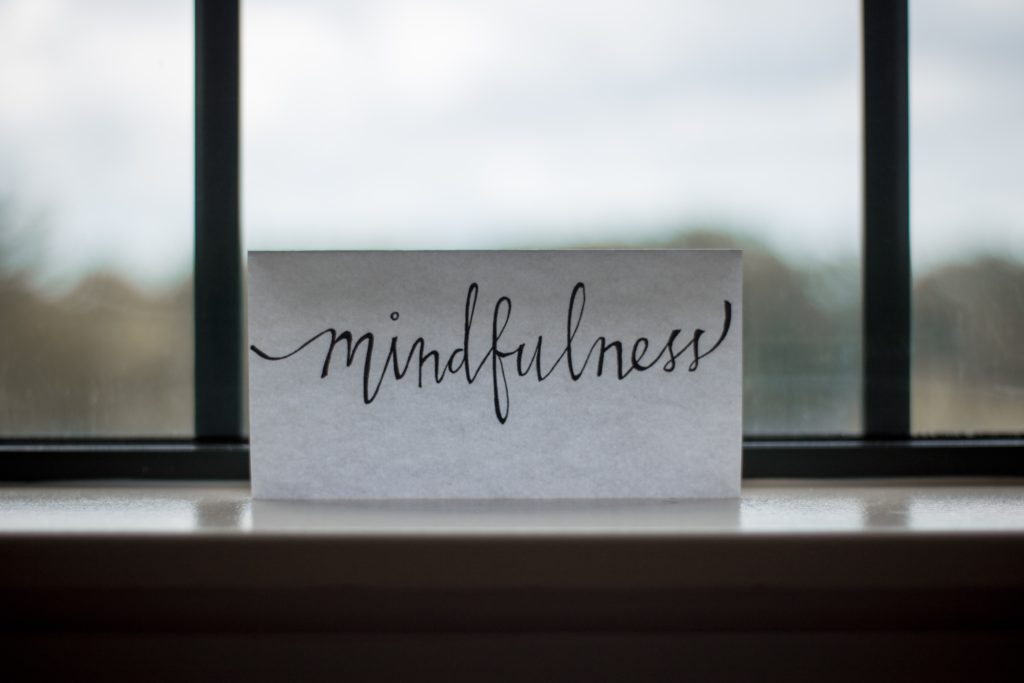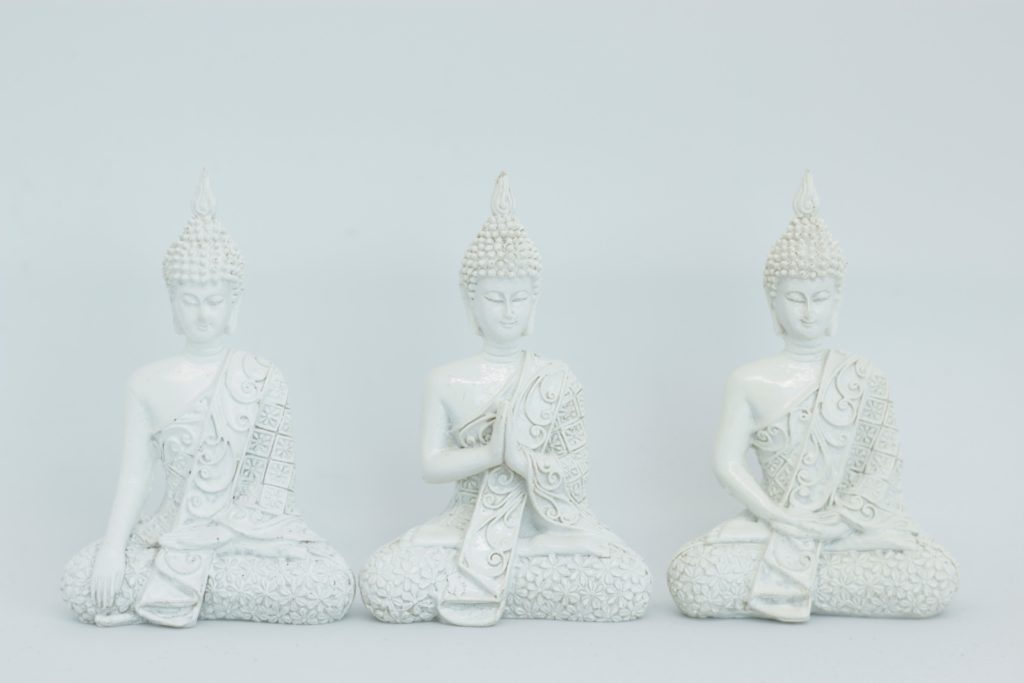Mindfulness is the basic human ability to be fully present, aware of where we are and what we’re doing, and not overly reactive or overwhelmed by what’s going on around us.

It’s a quality that allows us to be more open, awake, and responsive to the world around us. When we’re mindful, we’re not so caught up in our thoughts and feelings that we can’t appreciate the present moment.
Mindfulness is a powerful tool that can help us reduce stress, improve our relationships, and live a more fulfilling life.
What is Mindfulness?
Mindfulness is the practice of paying attention to the present moment, without judgment. It’s about being aware of your thoughts, feelings, and sensations, without getting caught up in them.
When you’re mindful, you’re not trying to change your thoughts or feelings. You’re simply observing them, without judgment.
Mindfulness is a skill that can be learned and practiced. There are many different ways to practice mindfulness, including meditation, yoga, and tai chi.
Benefits of Mindfulness
Mindfulness has been shown to have a number of benefits, including:
- Reduced stress. Mindfulness can help you reduce stress by helping you to focus on the present moment and let go of worries about the past or future.

- Improved focus and concentration. Mindfulness can help you to improve your focus and concentration by helping you to train your mind to stay on task.
- Increased self-awareness. Mindfulness can help you to increase your self-awareness by helping you to become more aware of your thoughts, feelings, and sensations.

- Improved relationships. Mindfulness can help you to improve your relationships by helping you to be more present and engaged with the people in your life.
- Increased happiness. Mindfulness can help you to increase your happiness by helping you to appreciate the present moment and let go of negative thoughts and feelings.
How to Practice Mindfulness
There are many different ways to practice mindfulness. Here are a few simple exercises that you can try:
- Body scan meditation. Lie down in a comfortable position and close your eyes. Bring your attention to your breath. Notice the rise and fall of your chest and stomach as you breathe in and out. Now, bring your attention to your body. Starting with your toes, slowly scan your body, paying attention to any sensations that you feel. Continue scanning your body until you reach the top of your head.

- Mindful walking. Take a walk in a quiet place where you won’t be interrupted. As you walk, pay attention to the sensations of your feet touching the ground. Notice the sound of your footsteps. Notice the sights and smells around you. Bring your attention back to your breath whenever your mind wanders.
- Mindful eating. Choose a simple food to eat, such as an apple or a piece of chocolate. Sit down in a comfortable place and take a few moments to appreciate the food. Notice its color, shape, and texture. Take a bite and notice the taste, smell, and texture of the food. Chew slowly and savor each bite.
Tips for Practicing Mindfulness
- Start with short periods of time. When you’re first starting out, it’s helpful to start with short periods of time, such as 5 or 10 minutes. As you become more comfortable with mindfulness, you can gradually increase the amount of time that you spend practicing.
- Be patient. It takes time and practice to develop the skill of mindfulness. Don’t get discouraged if you find it difficult to focus at first. Just keep practicing and you’ll eventually get better at it.
- Be kind to yourself. When your mind wanders, don’t judge yourself. Just gently bring your attention back to the present moment.
Conclusion
Mindfulness is a powerful tool that can help you to reduce stress, improve your relationships, and live a more fulfilling life. If you’re interested in learning more about mindfulness, there are many resources available online and in libraries.